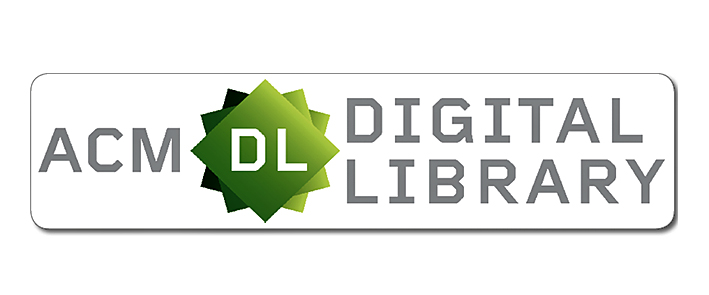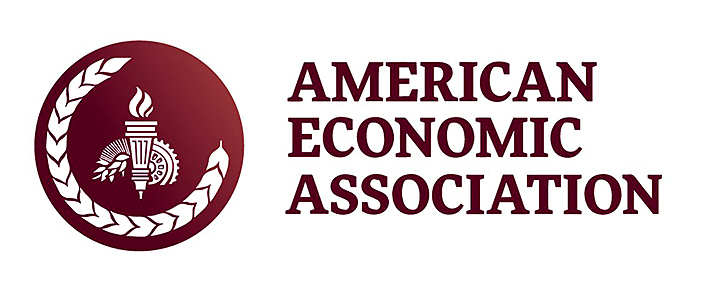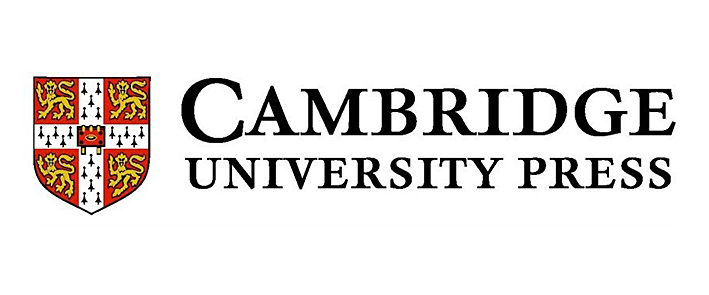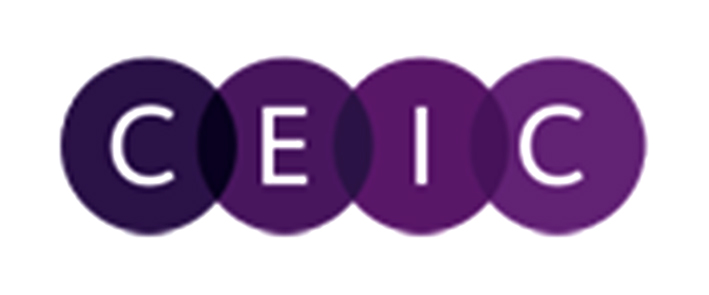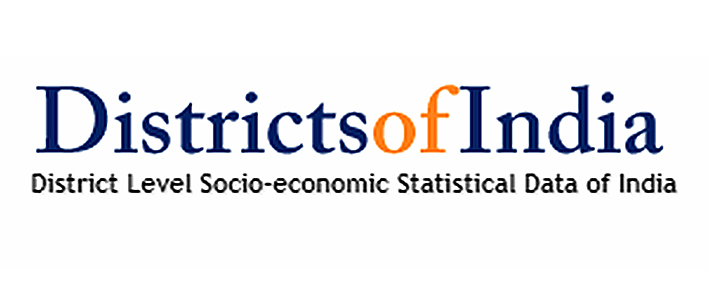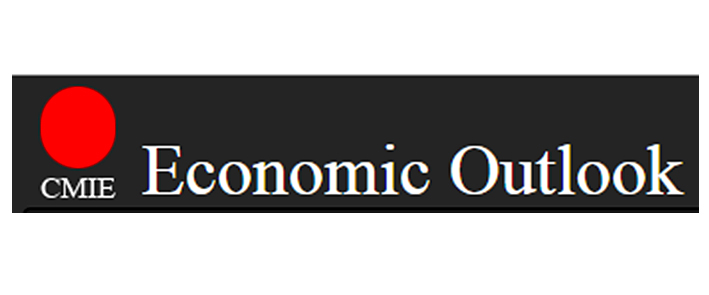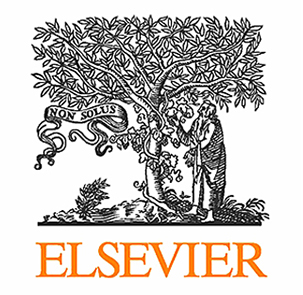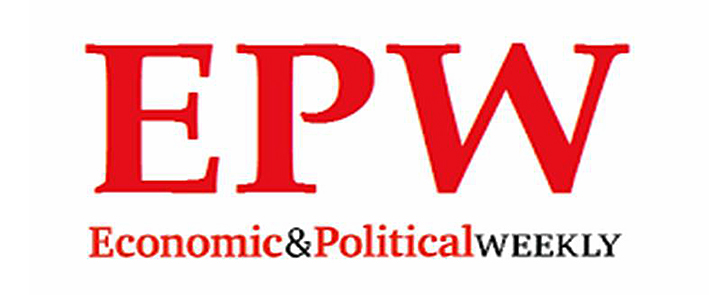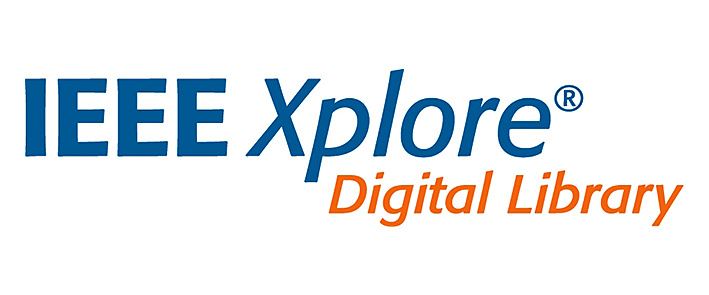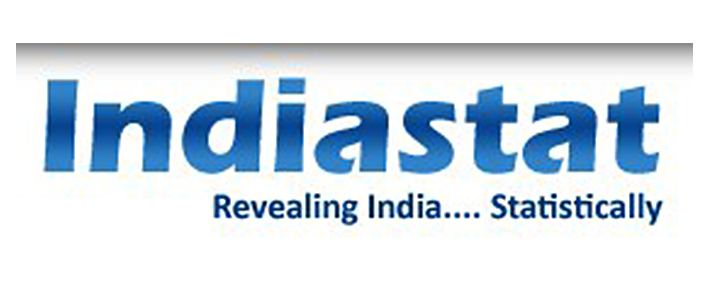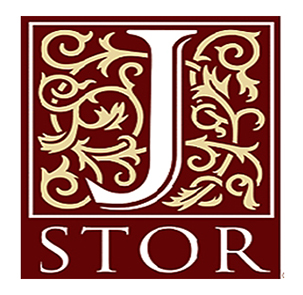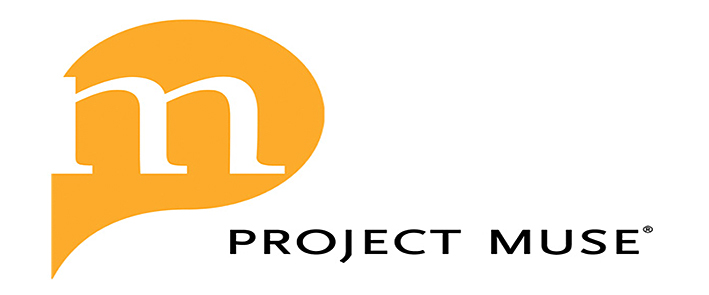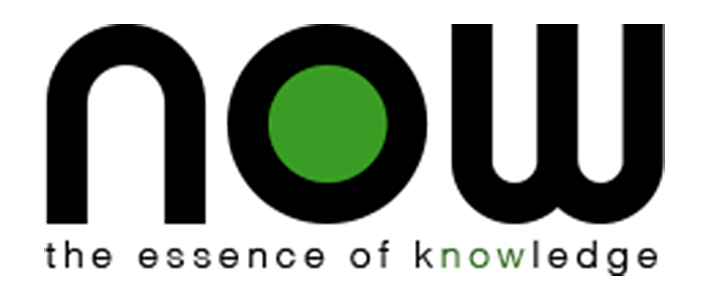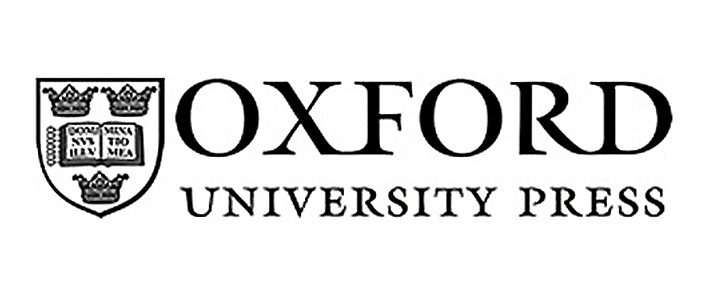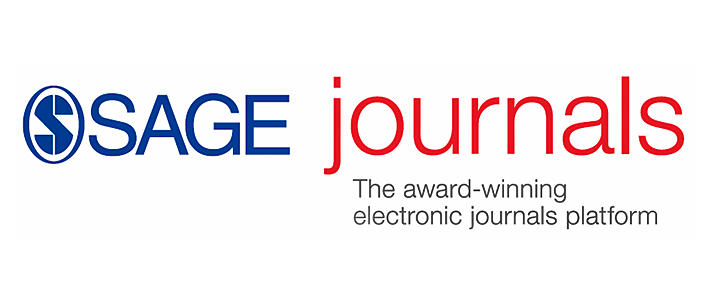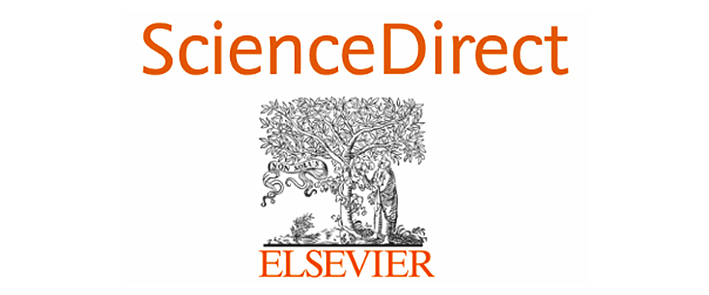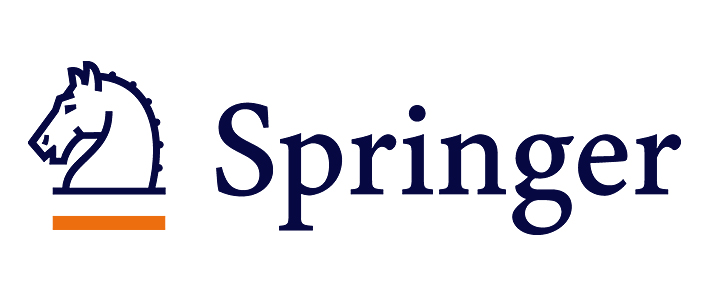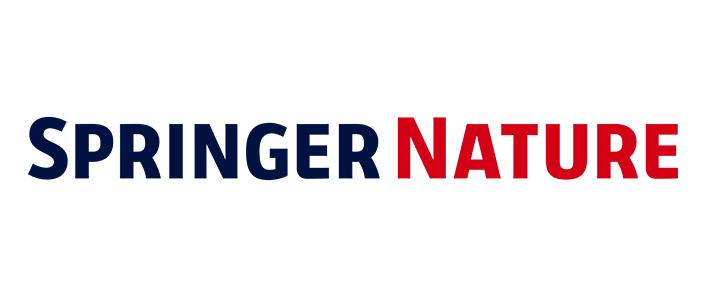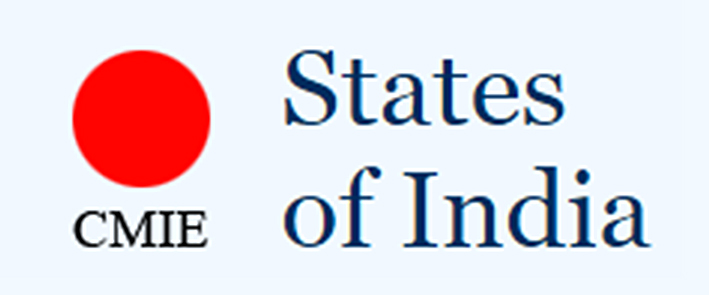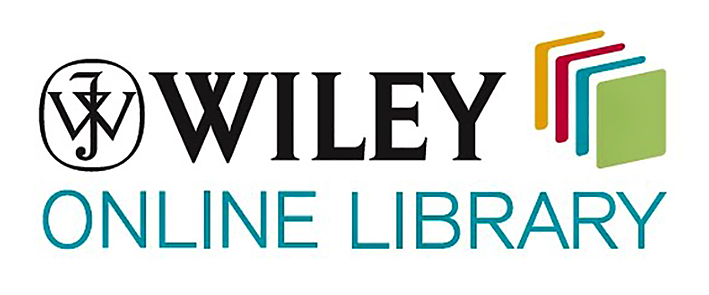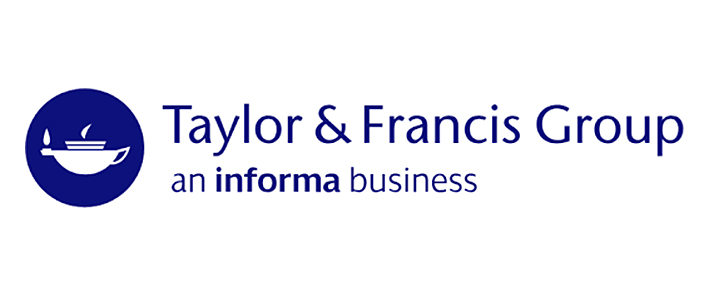| 000 -LEADER |
|---|
| fixed length control field |
02898nam a22003494a 4500 |
| 003 - CONTROL NUMBER IDENTIFIER |
|---|
| control field |
IN-MiVU |
| 005 - DATE AND TIME OF LATEST TRANSACTION |
|---|
| control field |
20240621151733.0 |
| 006 - FIXED-LENGTH DATA ELEMENTS--ADDITIONAL MATERIAL CHARACTERISTICS |
|---|
| fixed length control field |
m go d | |
| 007 - PHYSICAL DESCRIPTION FIXED FIELD--GENERAL INFORMATION |
|---|
| fixed length control field |
cr ||||||||||| |
| 008 - FIXED-LENGTH DATA ELEMENTS--GENERAL INFORMATION |
|---|
| fixed length control field |
240621s2021 xxu ob 001 0 eng |
| 020 ## - INTERNATIONAL STANDARD BOOK NUMBER |
|---|
| International Standard Book Number |
9781501760334 |
| Terms of availability |
GBP90.56 |
| Qualifying information |
(e-book) |
| 024 7# - OTHER STANDARD IDENTIFIER |
|---|
| Source of number or code |
DOI: |
| Standard number or code |
https://doi.org/10.7591/cornell/9781501760310.001.0001 |
| 040 ## - CATALOGING SOURCE |
|---|
| Language of cataloging |
eng |
| Transcribing agency |
IN-MiVU |
| 082 04 - DEWEY DECIMAL CLASSIFICATION NUMBER |
|---|
| Edition number |
21 |
| Classification number |
305.5620973 |
| Item number |
MET/B |
| 100 1# - MAIN ENTRY--PERSONAL NAME |
|---|
| Personal name |
Metzgar, J. |
| Relator term |
author. |
| Fuller form of name |
(Jack) |
| 245 10 - TITLE STATEMENT |
|---|
| Title |
Bridging the divide : |
| Remainder of title |
Working-class culture in a middle-class society / |
| Statement of responsibility, etc. |
by Jack Metzgar. |
| Medium |
[electronic resource] |
| 260 3# - PUBLICATION, DISTRIBUTION, ETC. |
|---|
| Place of publication, distribution, etc. |
Ithaca [New York] : |
| Name of publisher, distributor, etc. |
Cornell University Press, |
| Date of publication, distribution, etc. |
2021. |
| 300 ## - PHYSICAL DESCRIPTION |
|---|
| Extent |
e-book contains 224 pages |
| 337 ## - MEDIA TYPE |
|---|
| Media type code |
c |
| 504 ## - BIBLIOGRAPHY, ETC. NOTE |
|---|
| Bibliography, etc. note |
Includes bibliographical references and index. |
| 505 0# - FORMATTED CONTENTS NOTE |
|---|
| Formatted contents note |
Introduction: achieving mediocrity -- What was glorious about the glorious 30? -- The rise of professional middle-class labor -- Working-class agency in place -- "At least we ought to be able to" -- There is a genuine working-class culture -- Categorical differences in class cultures -- Ceding control to gain control -- Taking it and living in the moments -- Working-class realism -- Epilogue: two good class cultures. |
| 520 3# - SUMMARY, ETC. |
|---|
| Summary, etc. |
Abstract<br/>This book attempts to determine the differences between working-class and middle-class cultures in the United States. The book's author writes as a now middle-class professional with a working-class upbringing, explaining the various ways the two cultures conflict and complement each other, illustrated by his own lived experiences. Set in a historical framework that reflects on how both class cultures developed, adapted, and survived through decades of historical circumstances, the book challenges professional middle-class views of both the working-class and themselves. In the end, the author argues for the creation of a cross-class coalition of what he calls “standard-issue professionals” with both hard-living and settled-living working people and outlines some policies that could help promote such a unification if the two groups had a better understanding of their differences and how to use those differences to their advantage. The book mixes personal stories and theoretical concepts to give us a compelling look inside the current complex position of the working-class in American culture and a view of what it could be in the future. |
| Assigning source |
Provided by publisher. |
| 588 ## - SOURCE OF DESCRIPTION NOTE |
|---|
| Source of description note |
Description based on print version record. |
| 650 #0 - SUBJECT ADDED ENTRY--TOPICAL TERM |
|---|
| Topical term or geographic name entry element |
Working class |
| General subdivision |
Social aspects |
| Geographic subdivision |
United States. |
| 650 #0 - SUBJECT ADDED ENTRY--TOPICAL TERM |
|---|
| Topical term or geographic name entry element |
Class consciousness |
| Geographic subdivision |
United States. |
| 650 #0 - SUBJECT ADDED ENTRY--TOPICAL TERM |
|---|
| Topical term or geographic name entry element |
Working class |
| Geographic subdivision |
United States |
| General subdivision |
Social conditions. |
| 650 #0 - SUBJECT ADDED ENTRY--TOPICAL TERM |
|---|
| Topical term or geographic name entry element |
Middle class |
| General subdivision |
Social aspects |
| Geographic subdivision |
United States. |
| 653 00 - INDEX TERM--UNCONTROLLED |
|---|
| Uncontrolled term |
Occupations, |
| 653 00 - INDEX TERM--UNCONTROLLED |
|---|
| Uncontrolled term |
Professions. |
| 856 40 - ELECTRONIC LOCATION AND ACCESS |
|---|
| Materials specified |
https://academic.oup.com/book/42248 |
| Uniform Resource Identifier |
<a href="https://academic.oup.com/book/42248">https://academic.oup.com/book/42248</a> |
| Link text |
Click here |
| 942 ## - ADDED ENTRY ELEMENTS (KOHA) |
|---|
| Source of classification or shelving scheme |
|
| Koha item type |
E-Book |

